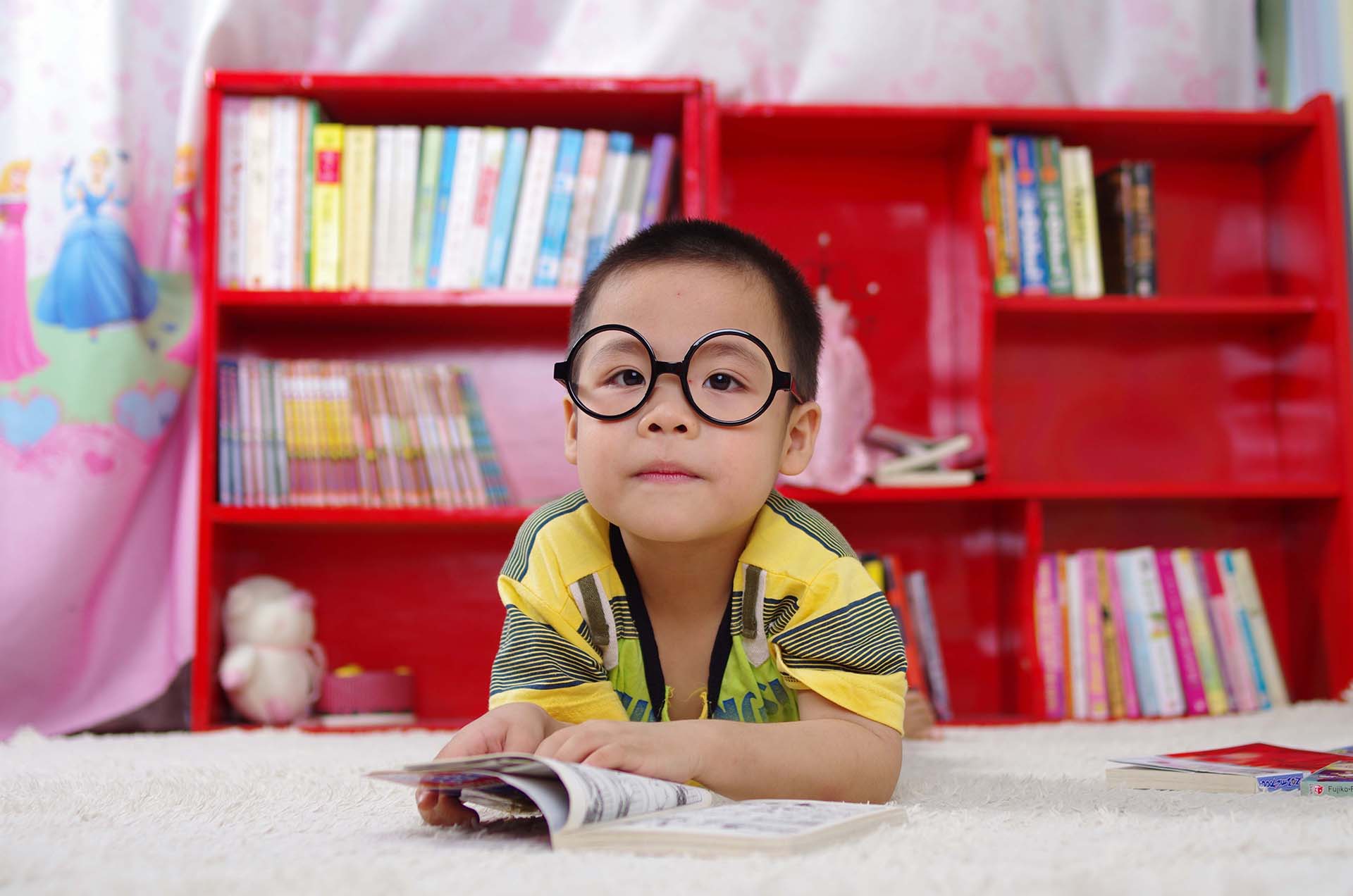Short-sightedness is currently the most common global eyesight disorder. It affects both children and adults. Researchers have determined that there are more than 1.45 billion myopic people in the world today and that the number of people who suffer from myopia is increasing.
Here in Australia, myopia is proving to be a growing problem. Research in a recent Sydney Myopia Study revealed that myopia affected 31 percent of the study’s 17-year-old subjects. This is a significant increase – about double the myopia rate – as compared against the previous Blue Mountain Eye Study researchers conducted more than one decade ago.
It is forecast there will be 4 billion short-sighted global citizens by the year 2050. To put that in perspective, it will be about half of the world’s population.
Both genetic and environmental factors can contribute to myopia. If either or both of a child’s parents are myopic, the child’s risk of also becoming myopic increases dramatically.
Research from multiple sources reveals that the amount of time children spend outdoors is one of the likeliest environmental factors determining whether or not a child will develop myopia. Less time spent outdoors during daylight hours correlates with increased rates.
Myopic eyes are either too elongated or feature corneas that are too curved. In either case, their growth has not been properly regulated to ensure the correct shape. This may be due to a lack of retinal dopamine, which is the neurotransmitter that scientists believe is primarily responsible for light adaptation.
Trials in Asia have demonstrated that time spent outdoors is effective in reducing the incidence of myopia. The researchers believe that the outdoor environment may be a significant factor in the release of the necessary retinal dopamine for the proper growth of children’s eyes.
Exercise is also correlated with a lower incidence of myopia. Conversely, high educational achievement is correlated with higher rates of myopia. However, it is unclear as to whether these factors play a direct role in determining whether myopia will develop.
How to Reduce the Risks
- Ensure that your children spend at least 15 hours a week outdoors during daylight hours to reduce the risk that they will have problems with short-sightedness later in life.
- Encourage outdoor exercise, as exercise is helpful for many aspects of a child’s development and may also help to discourage the development of myopia.
- Regularly take your children to have their eyes checked.
- If myopia does develop, a vision care specialist should be consulted for help in determining the best corrective method that will enable your child to see well.
For More Information
- Speak with your optometrist.
- Private health insurance that includes extras cover may subsidise some or all of the costs for your child’s vision care needs that are not covered under Medicare. Visit Membersown.com.au to easily compare the extras cover plans available from multiple health insurance providers in Australia.
- See the following summaries and their associated studies for reference:
References
- Sydney Myopia Study
- Myopia — Growing Prevalence
- Global Prevalence of Myopia and High Myopia and Temporal Trends from 2000 through 2050
- Prevalence and Related Factors for Myopia in School-Aged Children in Qingdao
- Prevalence of myopia in Taiwanese schoolchildren: 1983 to 2000
- New genetic risk factors for myopia discovered
- 161 genetic factors for myopia identified
- Functional Role of Dopamine in the Retina
- Dopamine and Retinal Function
This post was kindly sponsored by Members Owns Health Funds


